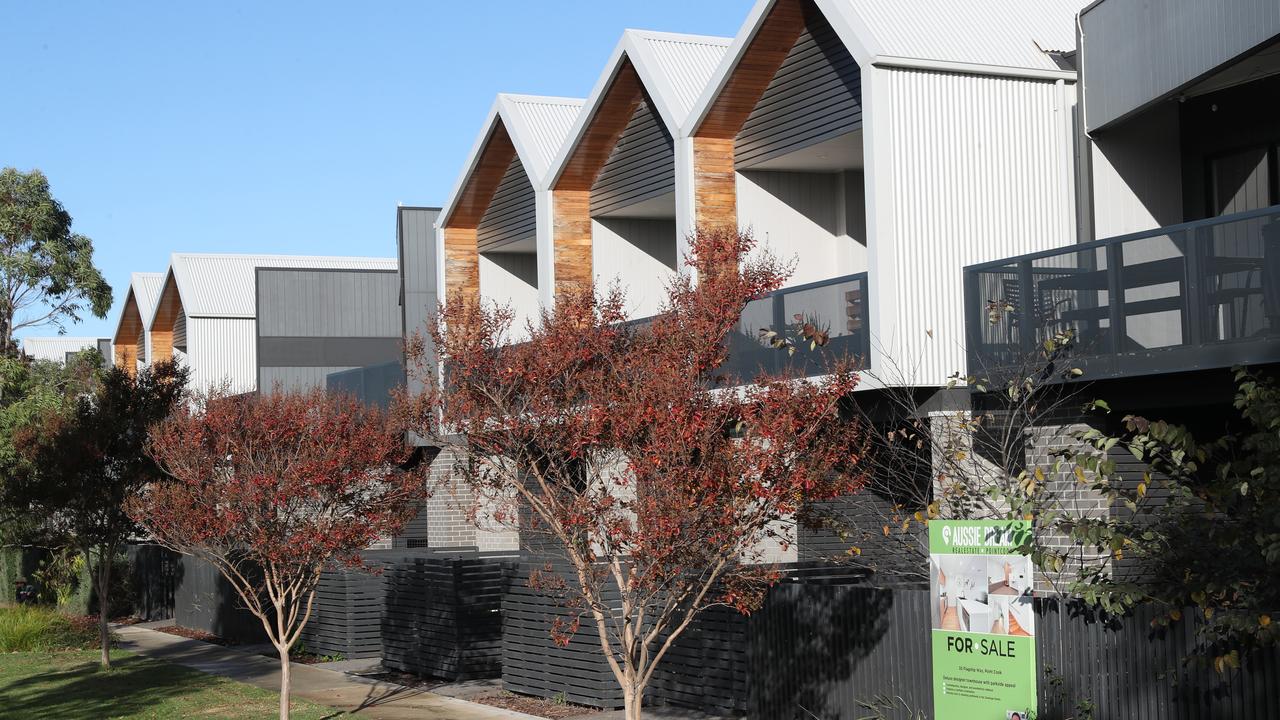India, Australia forging a new economic innings
As Australia and India eye closer ties and a super-sized free trade agreement, companies on both sides need to position themselves for growth.

After Australia and India resumed friendly hostilities on the cricket pitch this summer, the relationship between the island nation and the world’s largest population lurched into view.
Strange though it is, nothing seems to spur urgent consideration of how to maximise the opportunity for shared prosperity like a five-match Test series.
Perhaps it’s a hangover from the longstanding diplomatic approach Canberra has used in years past to build deeper relations with New Delhi. Famously, it was three-pronged: cricket, curry and the Commonwealth.
Regardless, the point is there is more to this relationship than our shared love of cricket.
It could also be argued that we have not yet seriously explored how to maximise its possible economic benefits.
December 2024 marked two years since the Australia and India Economic Cooperation and Trade Agreement was signed. At first glance, trade and investment flows between the two nations have dipped in that time. Between August 2023 and August 2024, Indian exports to Australia decreased by 24 per cent, while imports dropped by 14.7 per cent.
This may seem counterintuitive for what trade agreements are intended to achieve; however, the headline figures mask a maturing trade and investment relationship. Indeed, the fall in trade is largely reflecting the drop in demand for oil and coal (which were previously dominant industries in the two-way corridor), as both nations pursue their respective transition and innovation agendas.
In its place, there is a greater shift towards agriculture, services, digital and green sectors as both nations seek to build more sustainable economies.
For example, Australia’s agricultural exports to India have surged since the ECTA first came into effect, particularly sheep meat, seafood and citrus, according to the Department of Foreign Affairs and Trade.
When framed like this, our economic relationship with India can be considered healthy and future focused, yet nascent.
While our fifth-largest two-way trading partner, India assumes just 4 per cent of total two-way trade.
Yet both nations share common interests, and the pursuit of them can be accelerated by a robust trading framework.
Diversifying export destinations, exploring sustainable development and net-zero emissions, and creating opportunities for co-operation in green technologies are priorities for both Canberra and New Delhi.
Moreover, collaboration in technology and innovation, especially in the renewable energy, education, and digital services sectors, will be beneficial for both partners.
While both governments have earmarked each other as a strategic priority, further economic growth has had some growing pains.
Several sectors continue to experience non-tariff barriers, including Australian agriculture, which faces quality and import regulations.
On the flip side, concerns remain about potential trade deficits, with some Indian industries fearing they may be overshadowed by Australian imports.
This is why upping the ante to conclude the elevated Comprehensive Economic Cooperation Agreement – which is slated over the next six months – is so important. The agreement will seek to further eliminate tariffs and other barriers to shared economic growth, which will benefit both nations.
Australia will gain preferential treatment across a wider range of agricultural products, including sheep, as well as the critical minerals which will support India’s growing manufacturing sector.
For India, its firms will benefit through reduced tariffs in its textiles, jewellery and agriculture.
With newly formed governments across more than half of the world beginning to enact their mandates in 2025, it is not unreasonable for companies to want to wait and see before enacting trade and investment strategies.
Many governments are doing the same, which is what makes the Australia and India CECA upgrade unique.
We are bucking the global trend by forging deeper relationships with one another, certain of the significant role we can play in each other’s growth.
While negotiations are set to continue throughout the first half of 2025, companies from both India and Australia should be confident in the agreement’s conclusion and terms.
The message for companies on both sides of the corridor is clear: begin to prepare now in order to reap the benefits.
There are several practical steps that companies can begin to take now ahead of the CECA being concluded.
The feedback we most often hear from Australian businesses expanding into India centres around the value of preparation.
India is best seen not as a single economy but an aggregation of very different state economies, each growing at different rates, driven by different strengths, and likely to continue to be uneven in their progress.
The Indian economy is evolving as New Delhi implements policies designed to boost trade and investment.
Production-linked incentives, increased government outlays to facilitate the sectoral ecosystem, and an array of other robust policies will drive growth.
To give themselves the best chance for success, Australian businesses should conduct thorough research to understand these policies, and the consumer preferences, regulatory environments, and competitive landscape on the ground.
Similarly, leading Indian firms in sectors attracting the attention of Australian businesses, including chemicals, minerals and medicine, should consider partnering with local organisations which can guide their Antipodean expansion.
The Australia and India economic corridor is on the rise, and its promise and potential is immense.
While significant progress has been made, ongoing challenges must be addressed to fully realise our shared potential.
The good news is that the political and commercial will is there and evident on both sides.
For Australian and Indian firms seeking the next frontier of growth, it’s time to get on the front foot.
Antony Shaw is the chief executive of HSBC Australia and New Zealand and Hitendra Dave is the chief executive of HSBC India
Originally published as India, Australia forging a new economic innings


